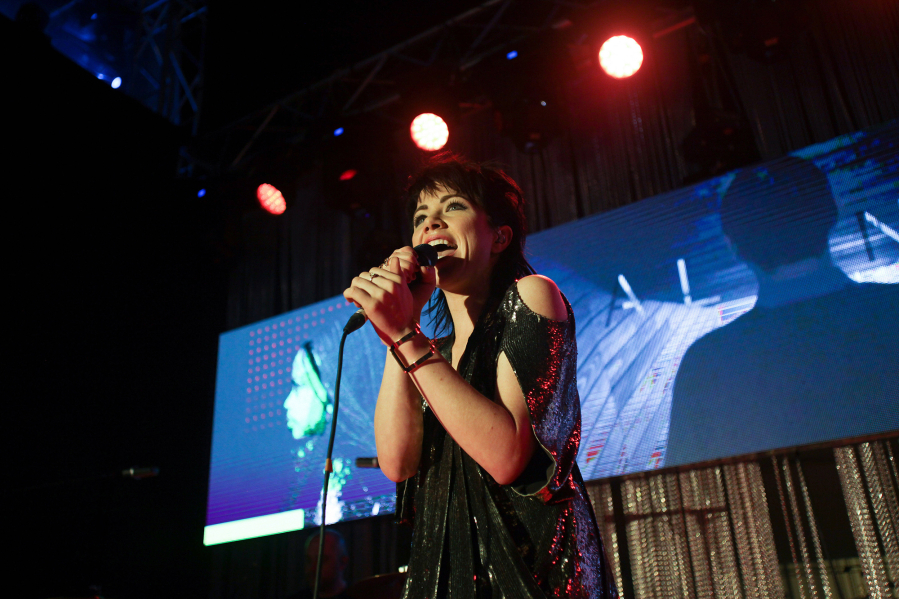Carly Rae Jepsen knew she would lose fans after the success of “Call Me Maybe” wore off.
This is the natural order of things: “Call Me Maybe,” the Canadian singer-songwriter’s first big song, wasn’t just a monster hit, it was a cultural tsunami, a pitiless earworm that sold over 18 million copies, and went to No. 1 in at least 19 countries. This kind of popularity, she realized, was unsustainable.
But Jepsen didn’t know she would lose so many fans, so quickly. During the song’s late 2012-early 2013 peak, she opened a sold-out arena tour for Justin Bieber, an early backer with whom she has occasionally collaborated. On her own, promoting her follow-up album, “Emotion,” she played clubs. “It was a severe change,” Jepsen says. “It was actually really shocking to us. I think before, opening for Bieber, you kind of get those sort of fans, and you wonder if they’re yours, or if you’re holding them for a little while.”
“Kiss,” the 2012 release that housed “Call Me Maybe,” was a sugary, tween-y pop album that sold tolerably well. “Emotion,” released last summer, is a grown-up pop album with indie inclinations. It has done less well, so far birthing one modest hit (“I Really Like You”). The absence of a “Call Me Maybe”-sized smash is intentional, Jepsen says. “I don’t think there’s too many people who want to keep creating the same music over and over. It was a great time of my life, and it took me on this wild adventure that I never would have imagined for myself, but I didn’t want to be stuck in a place where I was expected to deliver the same thing over and over. Not only would the pressure be high, but it wasn’t what I wanted to do. I was excited to try a kind of pop that wasn’t purely just pop.”




